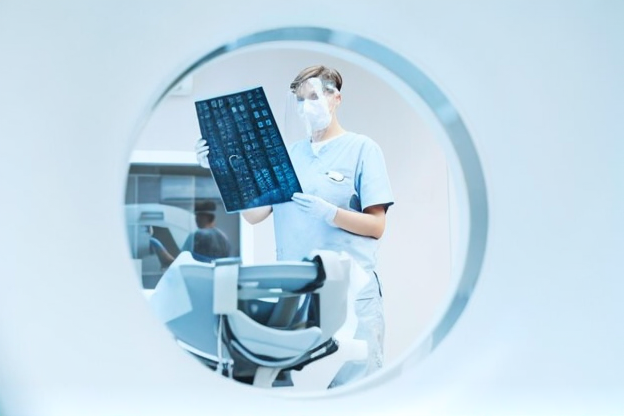Revolutionizing Life Support Devices with Advanced Sheet Metal Technology+ View more
The manufacturing landscape for life support devices has seen a revolutionary shift with the advent of advanced sheet metal processing techniques. Companies are now able to achieve complex designs and tight enclosures that not only meet but exceed international safety standards. This has been made possible by leveraging state-of-the-art machinery and computer-aided designs that ensure each crease, curve, and corner serves a purpose – be it for ergonomic handling, thermal dissipation, or structural integrity.
Strategic Advantages of Sheet Metal in Medical Fabrication
Medical devices must stand the test of time and operate flawlessly in life-critical situations. Sheet metal technology brings several strategic advantages to the table. Its versatility allows for customized solutions tailored to the specific needs of each device. Materials used in the fabrication process, such as stainless steel and aluminum, offer unmatched durability and resistance to corrosion, which are essential properties considering the stringent sterilization processes these devices undergo regularly.
Moreover, the integration of automation in sheet metal fabrication has propelled the production capabilities to new heights, increasing throughput while maintaining high-precision output. This alignment of quality and efficiency is crucial in the medical device sector, where the demand for reliable life support equipment is always pressing, and the margin for error is nonexistent.
Innovation and Future Developments in Sheet Metal Fabrication
The horizon of sheet metal fabrication is ever-expanding, with innovations driving the medical device industry towards a future where the convergence of technology and healthcare becomes more seamless. The incorporation of 3D printing with traditional sheet metal techniques is already reshaping how prototypes are developed, allowing for rapid testing and iteration of designs that can save valuable time in product development cycles.
Additionally, the push for smarter manufacturing processes has led to the adoption of Industry 4.0 principles, where data analytics and connectivity play pivotal roles. By harnessing the power of big data, manufacturers can predict maintenance needs, prevent downtime, and optimize production processes – ensuring that life support devices are not only built to last but also available when needed the most.
In conclusion, the realm of sheet metal fabrication stands as an unsung hero in the domain of life support medical devices. Its role is fundamental, and its impact, life-sustaining. As technology forges ahead, the union of skillful craftsmanship with technological prowess will continue to be the bedrock upon which the reliability of life support machinery is built.

